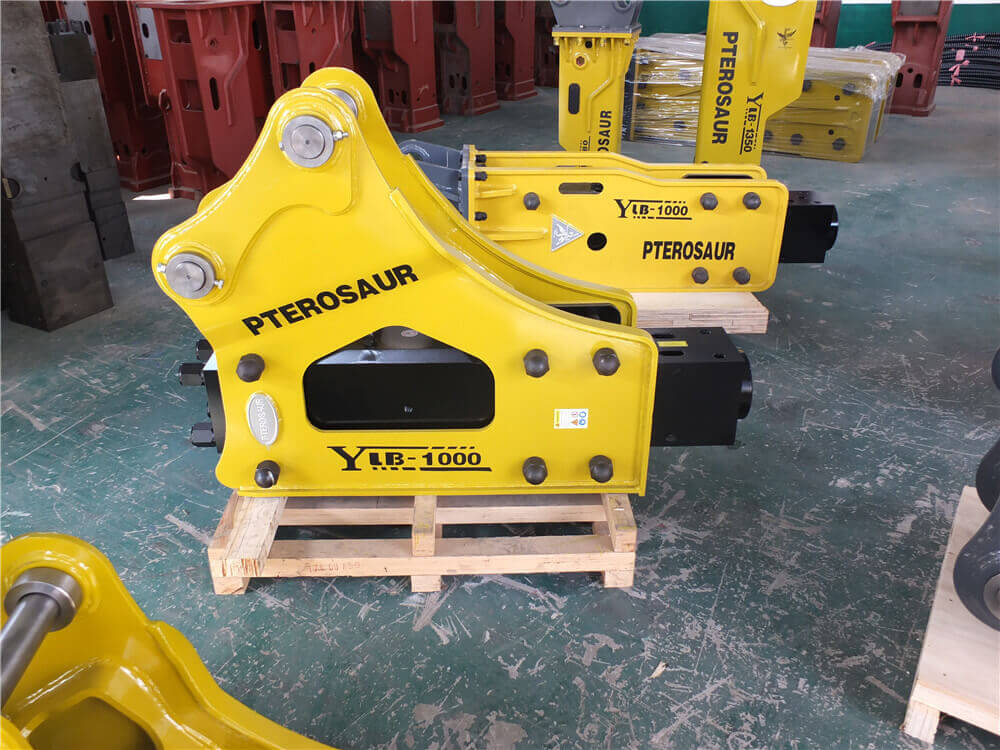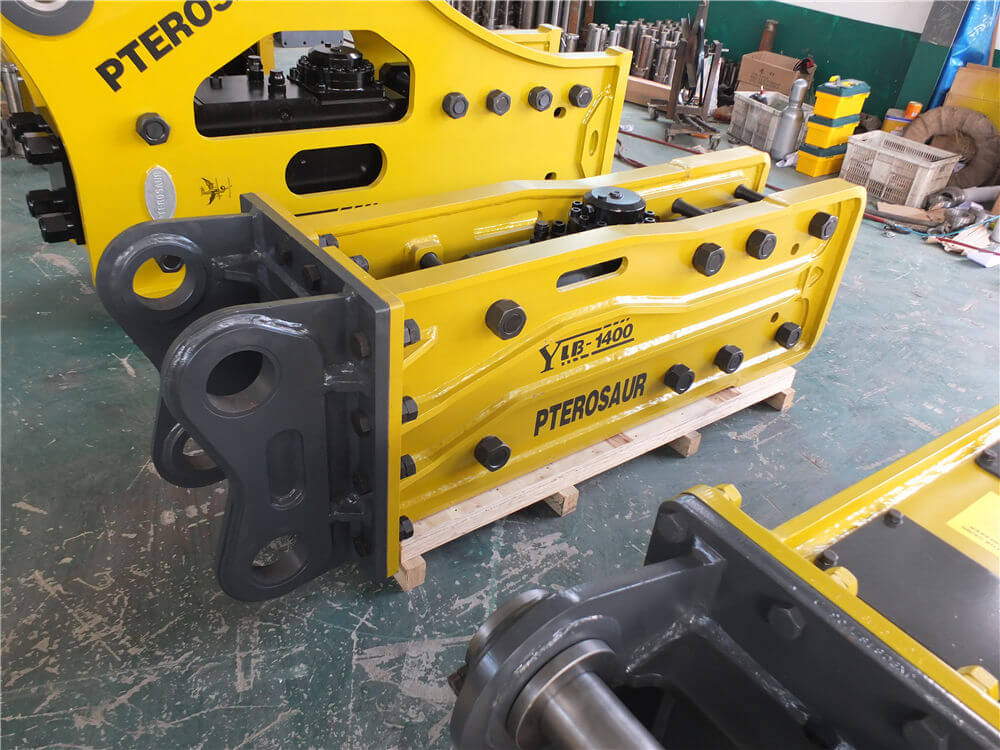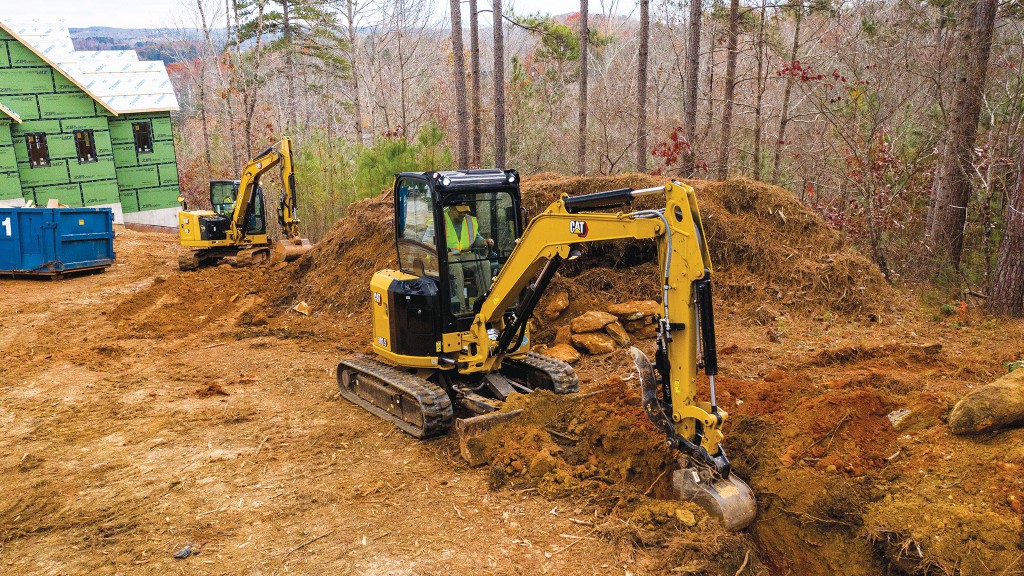Understanding Hydraulic Hammers with Push Cylinder: Mechanisms, Models, and Applications
Hydraulic hammers, also known as hydraulic breakers, are powerful tools used in construction and demolition to break concrete and rock. These devices utilize hydraulic energy to create a significant impact force, making them indispensable for heavy-duty applications. In this article, we will delve into the key features and mechanisms of hydraulic hammers, specifically focusing on models equipped with push cylinders.
What is a Hydraulic Hammer?
A hydraulic hammer is a type of impact tool that operates by converting hydraulic energy into mechanical energy. The primary components include a piston that moves within a cylinder, utilizing hydraulic pressure to generate force. When the piston strikes an anvil, it produces a powerful impact that can break through tough materials such as concrete and rock.
Mechanisms of Hydraulic Hammers
The operation of hydraulic hammers can be classified into various mechanisms, primarily based on how the hydraulic energy is harnessed and transformed. A common mechanism involves pushing hydraulic fluid through a nozzle to create a downward force, which is essential for maximizing the energy transfer to the anvil. This process, however, can result in energy loss, necessitating efficient design and engineering.
Key Features of Hydraulic Hammers with Push Cylinders
Hydraulic hammers with push cylinders are designed to enhance their performance in various applications. Here are some notable features:
-
Push Cylinder Design: The push cylinder mechanism allows for a more controlled energy transfer, optimizing the impact force delivered to the material being broken. This design minimizes energy loss during operation.
-
Versatile Applications: Models like the Yongan Hydraulic Impact Hammer come in various sizes and impact energies, ranging from 24 KNm to 1360 KNm. This versatility makes them suitable for a wide range of piling and foundation works.
-
Compatibility with Excavators: Many hydraulic hammers are designed to be mounted on excavators, enhancing their utility in construction. For instance, the PH06 model weighs 220 lbs and is recommended for carriers with a specific weight range, allowing for efficient pairing with heavy machinery.
Popular Models and Choices
Several manufacturers offer hydraulic hammers with push cylinder technology, each providing unique specifications to cater to different needs:
- Eberth PH062: A lightweight model ideal for smaller projects, offering a working weight of 220 lbs, suitable for compact excavators.
- Yongan YC Series: This series features models ranging from YC-3 to YC-80, providing a wide range of impact energies for various construction tasks.
- Takeuchi Hydraulic Hammers: Recently launched, this line combines modern technology with robust design for enhanced performance and durability.
Maintenance and Performance Optimization
To ensure the longevity and efficiency of hydraulic hammers, proper maintenance is crucial. Regular checks on hydraulic fluid levels, nitrogen pressure in the accumulator, and general wear and tear can prevent performance issues. It’s important to follow the manufacturer’s guidelines for maintenance and operation to maximize the effectiveness of the hydraulic hammer.
Conclusion
Hydraulic hammers with push cylinders are essential tools in the construction industry, providing powerful impact forces for breaking concrete and rock. Understanding their mechanisms and features, such as versatility and compatibility with excavators, can help contractors select the right equipment for their projects. By choosing the appropriate model and maintaining it effectively, users can significantly enhance productivity and efficiency in their construction endeavors.




































